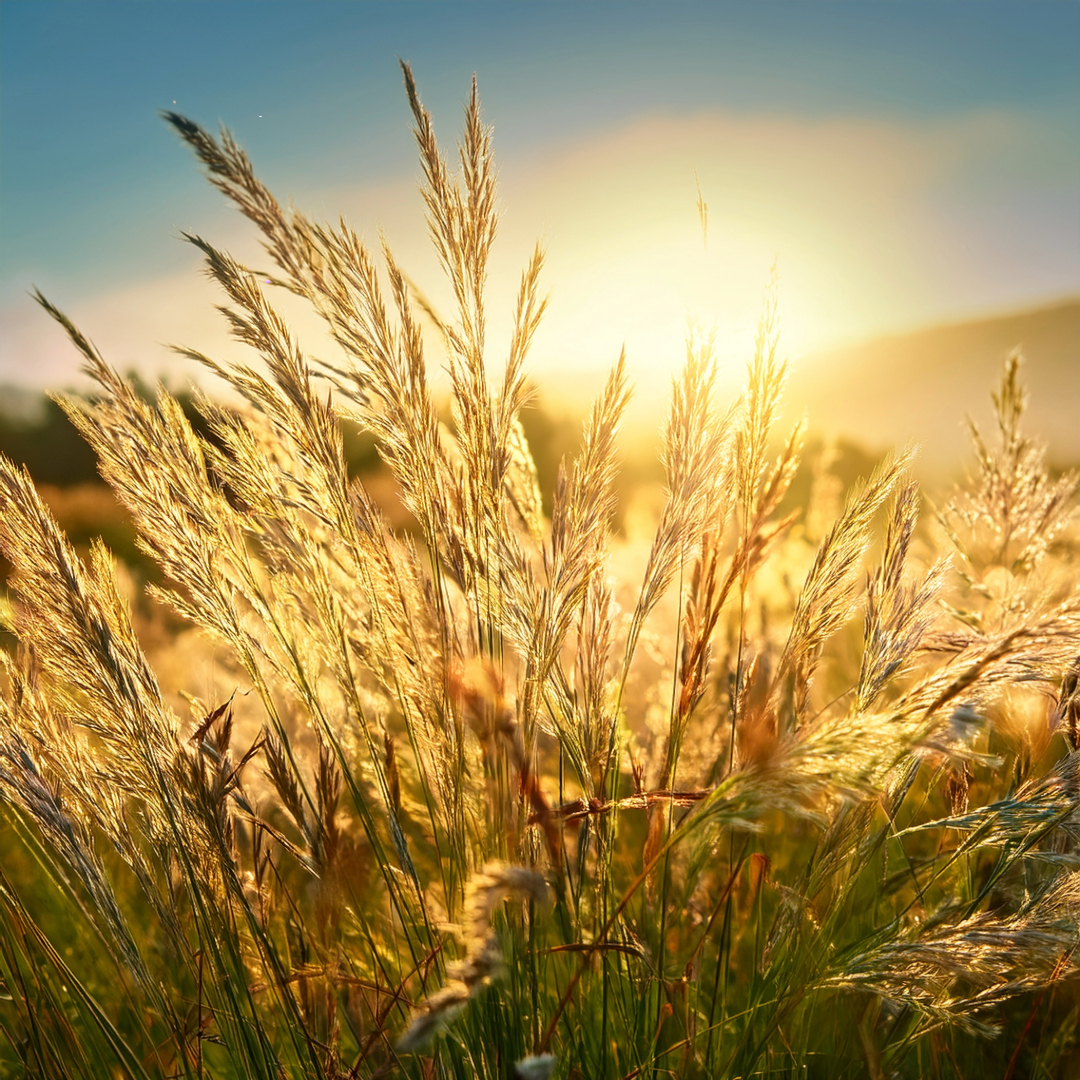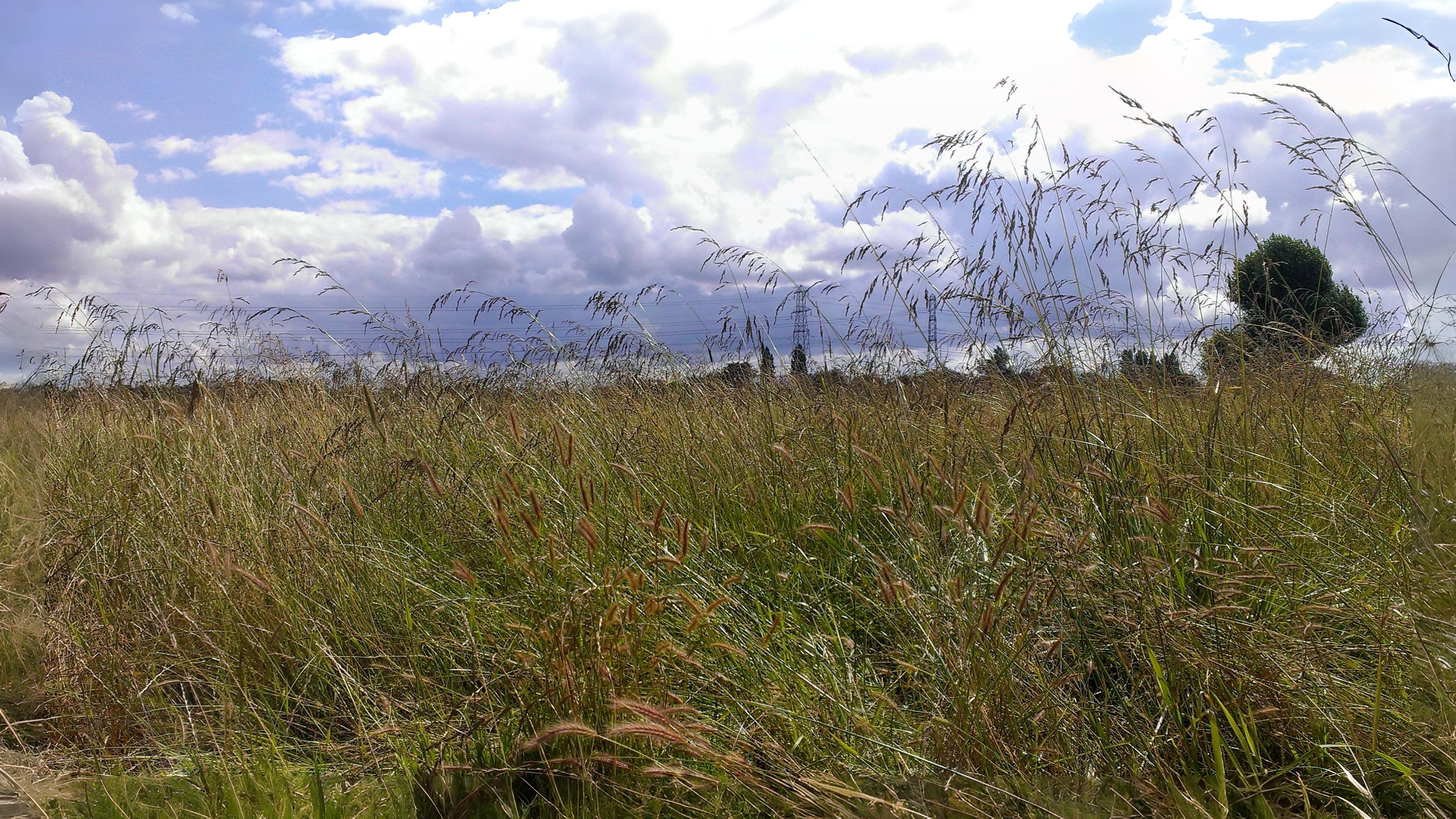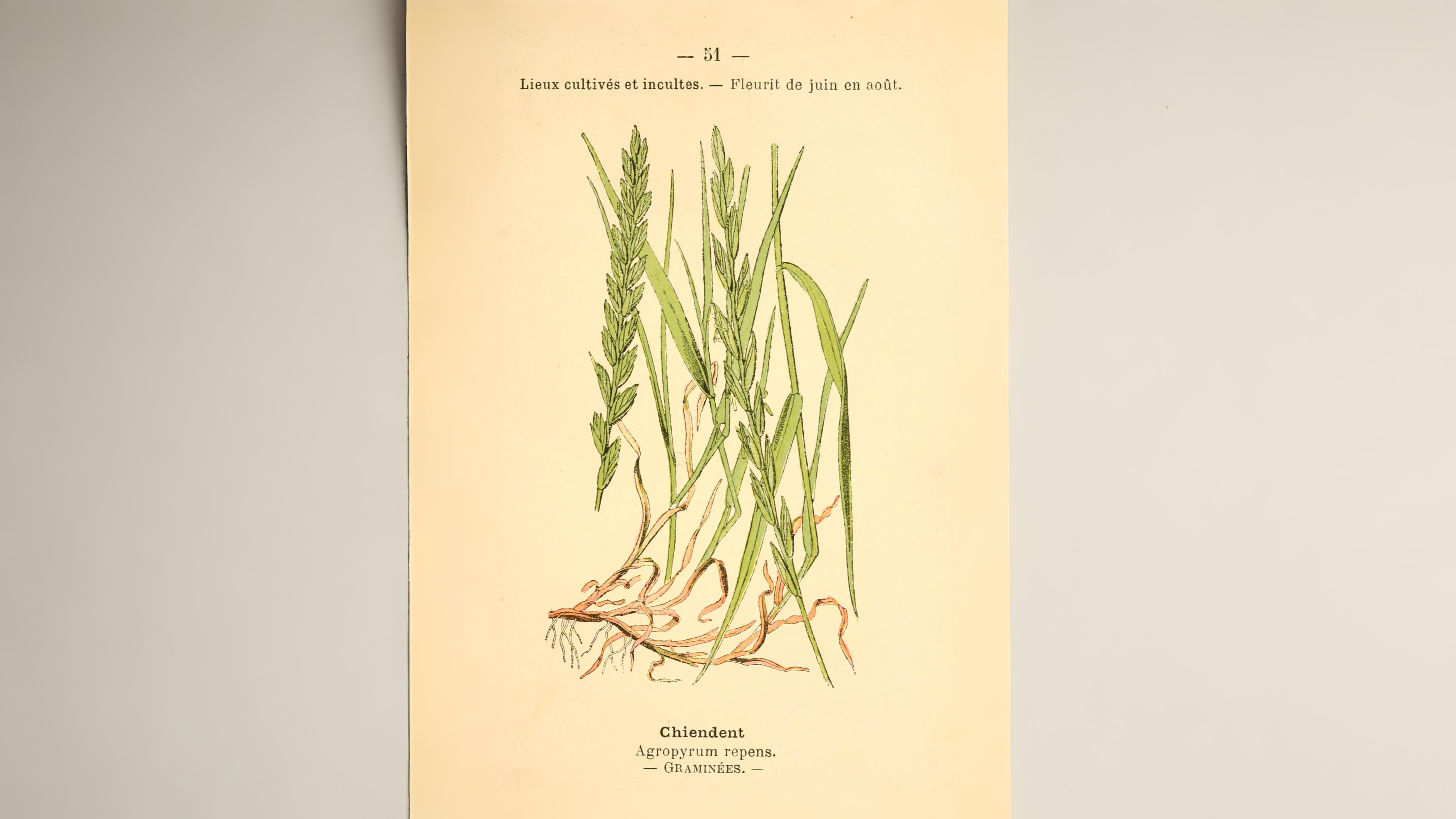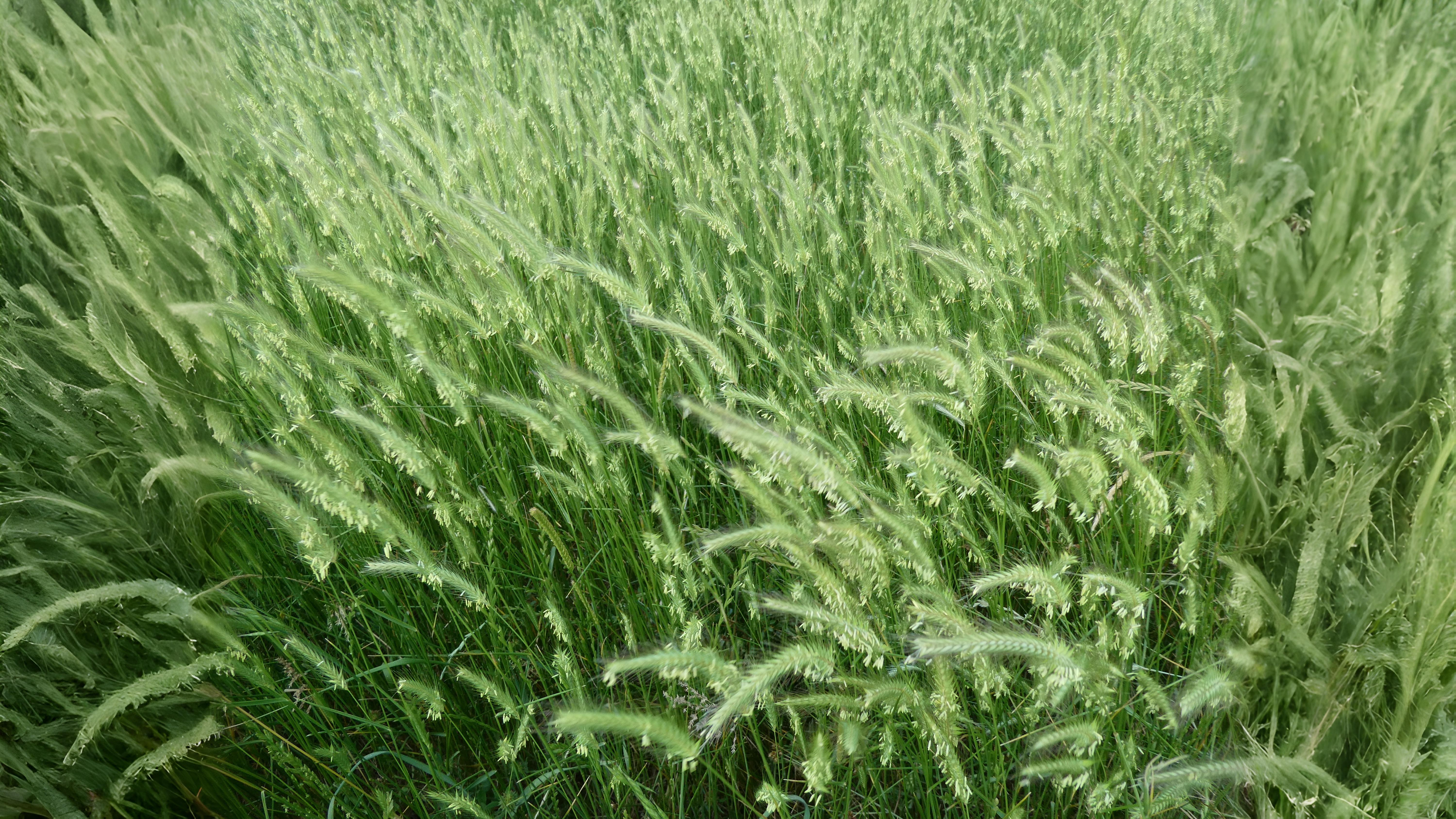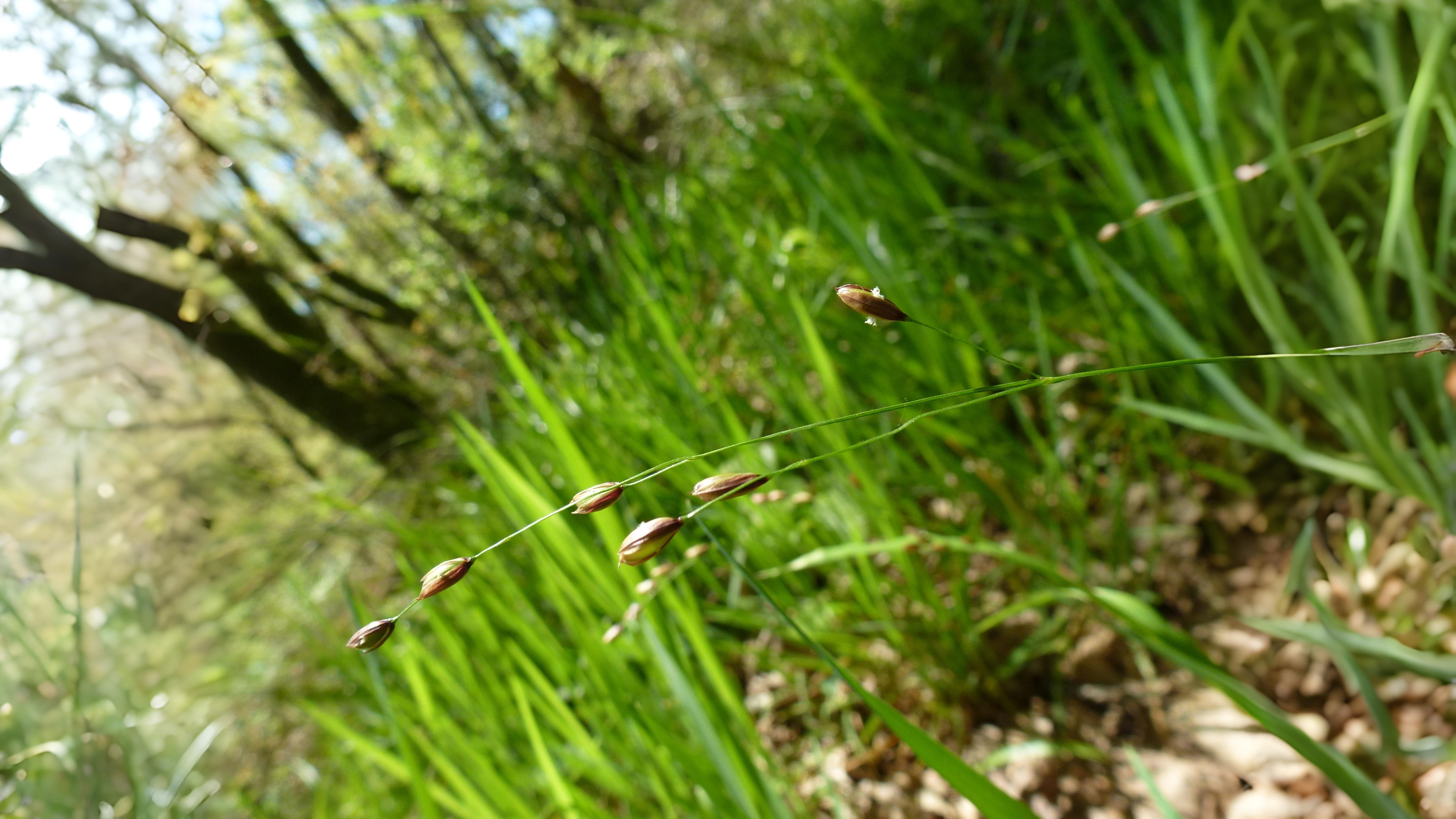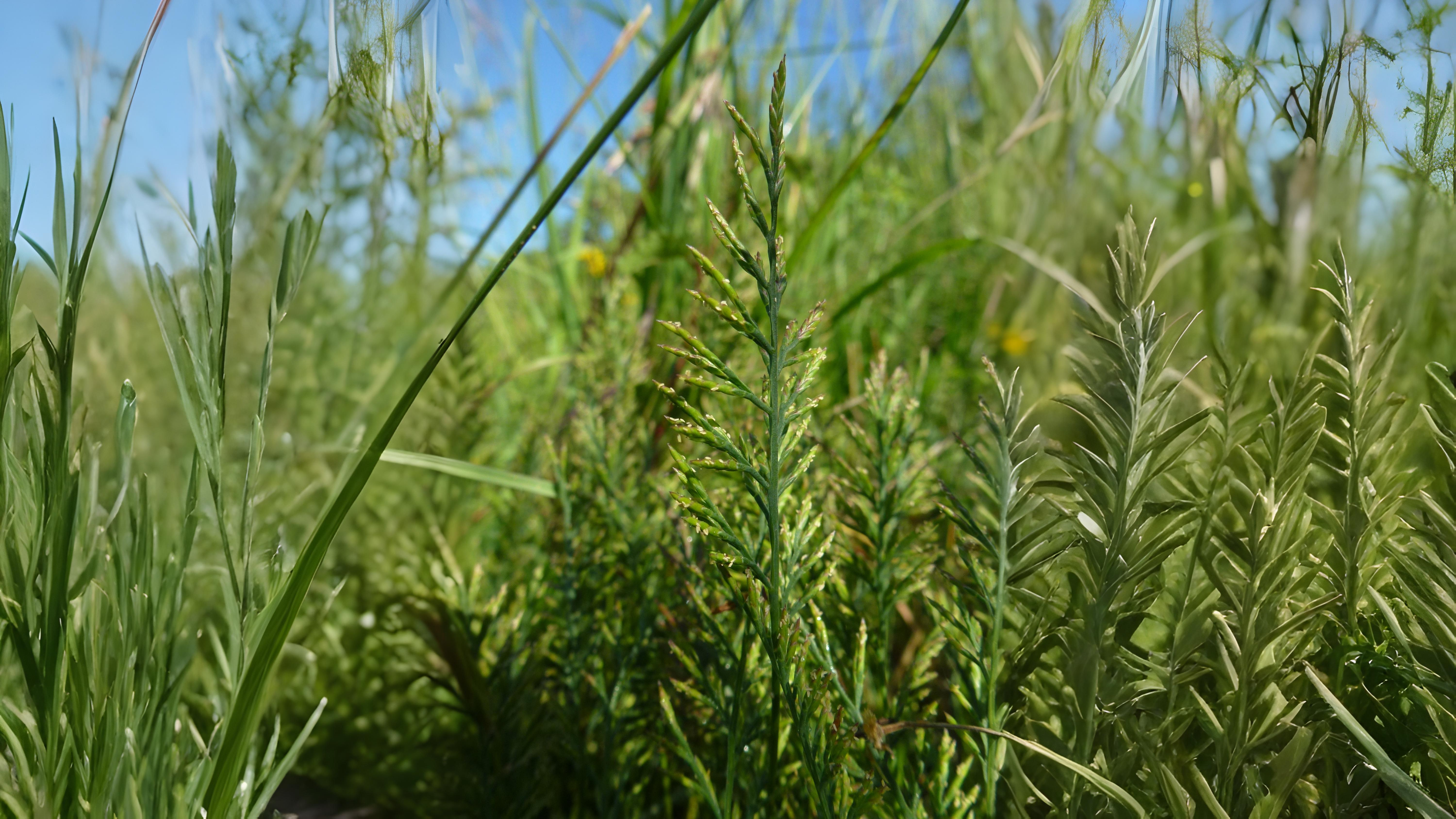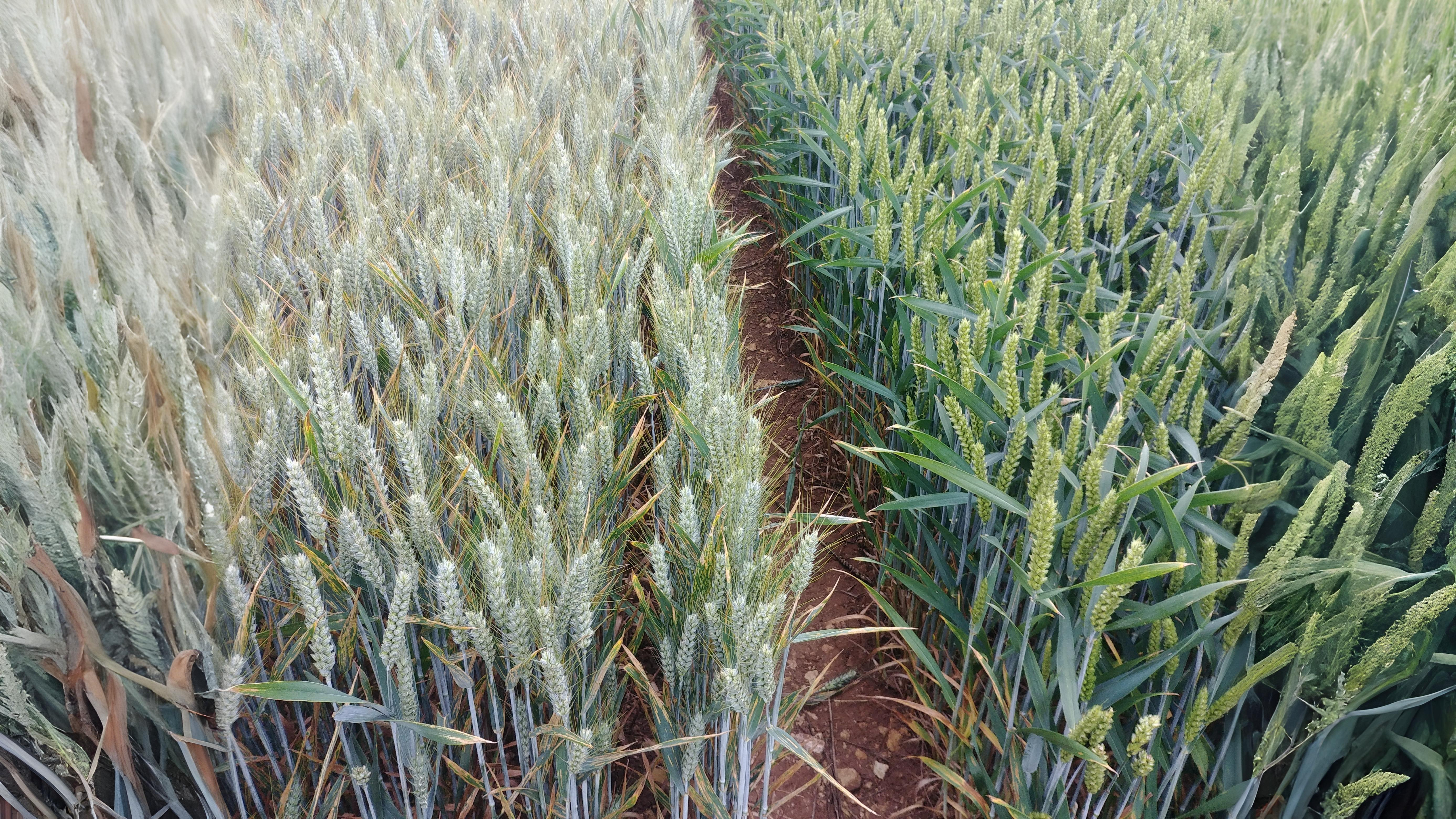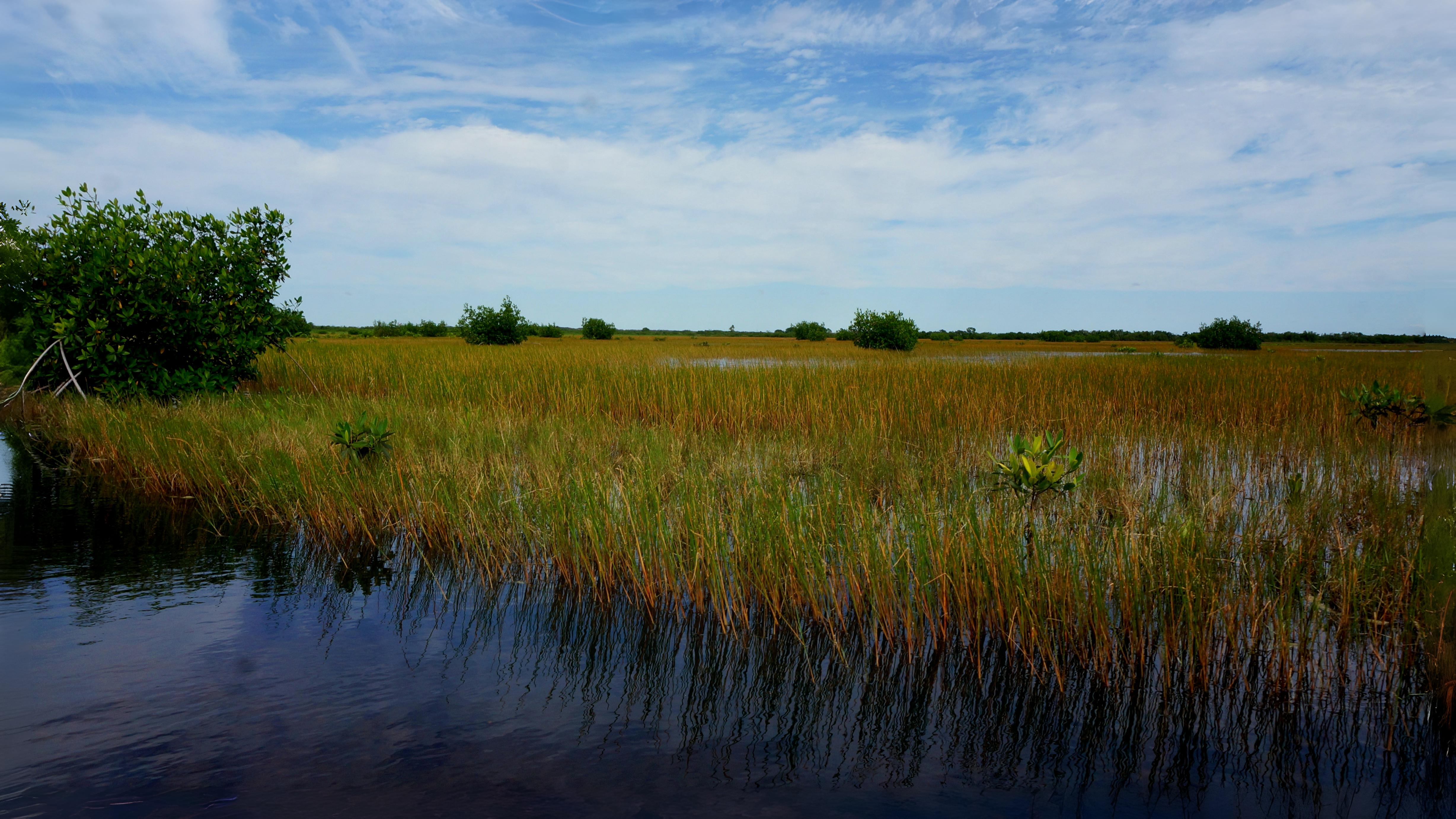The most disliked grass in London has to be Couch grass Agropyron repens due to it being such a persistent weed and almost impossible to eradicate from gardens. Because of its notoriety, unlike most grasses it has been given other names such as Twitch, Squitch and Quich. Couch grasses are often confused with rye grasses (Lolium spp.) but can usually be told apart by their more widely spaced flowers or spikelets. In Couch grass as much as one third of their stems are made up of short, flattened pointed spikelets with no awns arranged alternately in two rows. It is ubiquitous in London but not so two other couch grasses. The Bearded couch A. caninus is occasionally seen in chalky areas. It has long awns helping to identify it and the Sea couch A. pungens, which is more likely to be seen along the banks of the Thames is slightly blue in colour.
Field crops of barley are easy to recognise due to their long “beards” or awns and bent stems as compared to the more rigidly upright fields of wheat and rye. Wild barleys (Hordeum spp.) are very like miniature versions of the barleys we see growing as crops. The most common in London is Wall barley Hordeum murinum which can be found everywhere on waste ground. It has the typical densely compressed flattened flowerhead or spike of barleys with two rows of spikelets all with long projecting awns.
